 Armco Asbestos Surveys
Armco Asbestos Surveys
Last Updated on 11th June 2024 by Dan
If you’ve never come across it before, you may wonder ‘What does asbestos look like?’ You may be thinking of different types of asbestos or where they can be found. If you ask yourself, ‘What is asbestos in walls?’ ‘What does the asbestos roof look like?’ ‘How to identify asbestos insulation?’ you’re in the right place.
Asbestos fibre materials can be difficult to identify as it’s often mixed in with other materials. It is very dangerous and there are many asbestos related diseases and that is why identifying asbestos is crucial.
But some very common materials are known to contain asbestos and some common places you will find it which we will show you in this article.
The one piece of advice though is that if you’re not sure if asbestos is present or not, then leave well alone and seek professional advice from an Asbestos Surveyor.
There are 3 main types of asbestos – Crocidolite Asbestos (blue colour), Amosite Asbestos (brown colour), and Chrysotile Asbestos (white colour asbestos).
Below are photos of what these 3 main types of asbestos fibres look like in their raw form.
Chrysotile was the most commonly used in residential and industrial buildings.

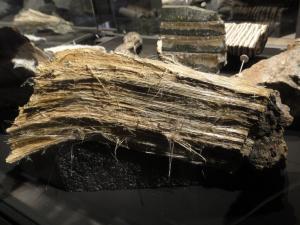
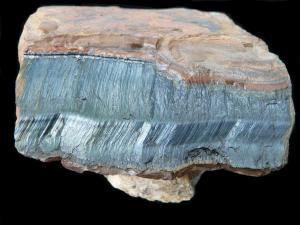
Here are some descriptions of the common materials that contain asbestos and photos to show what they look like:-
You will only ever see pure asbestos fibre in loose fill material which will exist in ceilings or floor cavities. Loose-fill asbestos was commonly used to insulate both industrial and domestic premises, so asbestos insulation can be found in between cavity walls, underneath floorboards and in loft spaces.
This asbestos material is a loose, fluffy insulation material which appears similar to candyfloss, which may look blue-grey or whitish.
Loose fill is the most dangerous type of asbestos particles and if it’s disturbed it can release large amounts of fibres into the air, where they can be breathed in and cause serious health problems such as mesothelioma.
Because of the high-risk factor, anyone handling or removing loose asbestos MUST hold a license and be suitably trained to do so.
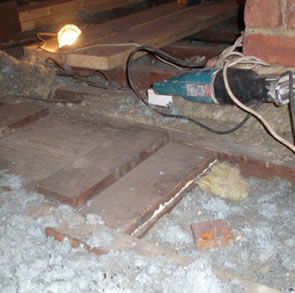
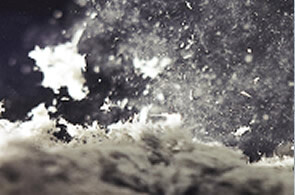
This type of asbestos fibre is often applied to pipes and can be quite tricky to identify as it’s often covered in a protective coating (or painted) meaning you can’t look and see what’s lurking underneath. Although asbestos loose fill insulation has many different appearances, this asbestos material is mostly fibrous which flakes and powders very easily.
Recognised as being one of the most dangerous types of asbestos fibre containing materials because it’s very easy for pipework or lagging to be disturbed, therefore releasing harmful asbestos fibres into the air that you breathe.
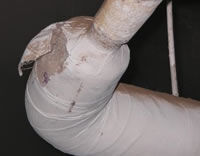
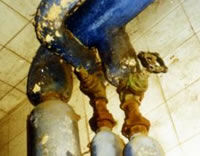
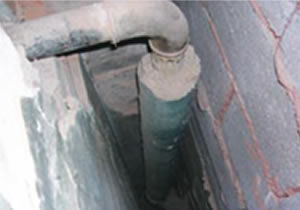
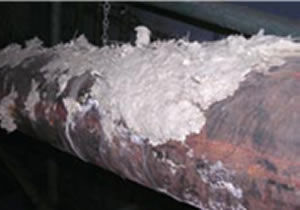
This asbestos material will usually look white or grey in colour will usually have a rough surface and may also have been painted over.
It was used for insulation on the underside of roofs and sometimes on the sides of buildings and warehouses.
Asbestos thermal insulation also commonly used as fire protection on steel and reinforced concrete beams/columns and on the underside of floors.
Again, it’s one of the most dangerous asbestos containing materials as even minor disturbance of sprayed coatings can release a large amount of asbestos fibres into the air.
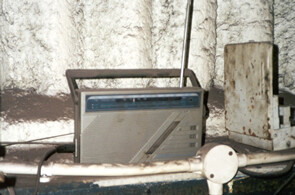
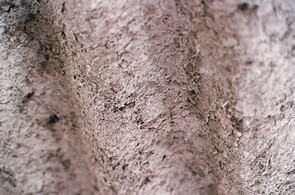
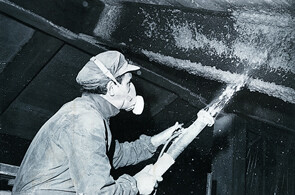
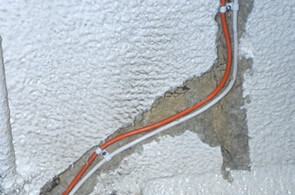
Asbestos Insulation board was a very versatile material, so was used in lots of different places for various purposes such as ceiling tiles, panels below windows, soffits, partition walls, lift shaft linings and fireproofing panels in fire doors.
Although asbestos insulation board is not as dangerous as other materials, any prolonged exposure can still cause significant health risks.
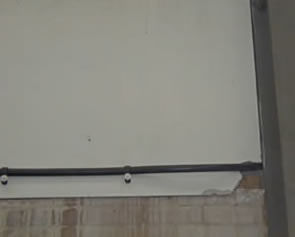
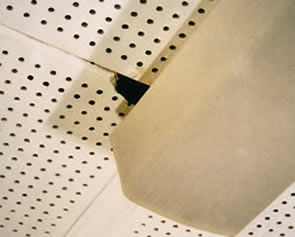
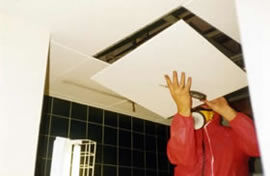
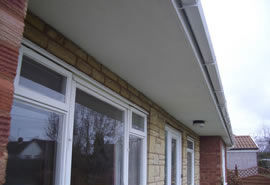
These old asbestos-containing materials don’t look that different from modern materials, so it can be quite difficult to identify them.
Asbestos floor tiles were once very common, and so a lot of them will still be hidden underneath modern carpets and flooring. Asbestos paper was often used along side flooring and roofing materials as a backing or as a layer of insulation.
As for asbestos textiles, you will find these in old fuse boxes, fire blankets and heat-resistant gloves.
Examples of asbestos composites are toilet cisterns and seats, window sills, and bath panels.
Any work to remove these materials would be classed as non-licensed asbestos removal as they are lower risk.
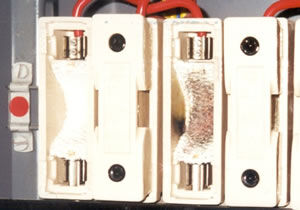
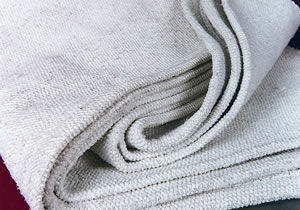
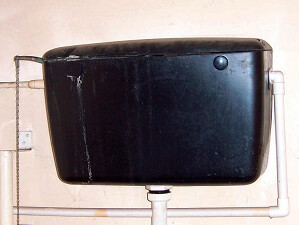
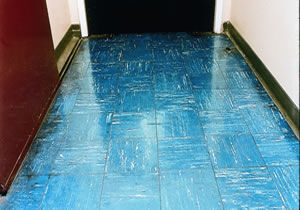
Asbestos textured coatings will have various finishes to them, so when you look at them you will usually see swirls or a stippled pattern.
You will find textured coatings on ceilings and walls, most commonly known as Artex.
They are white in colour and have a hard texture that is usually painted over, either in white or coloured paint.
Although there is a risk of asbestos exposure, textured coatings are classed as lower-risk materials, so a license isn’t required to remove them, so long as the removal operative has been appropriately trained to do so (cat b non-licensed)

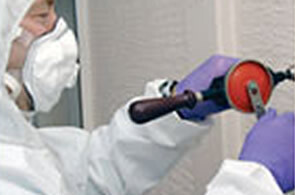
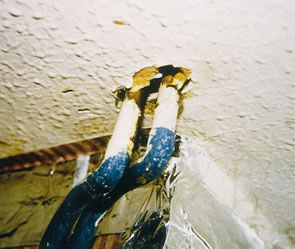
Asbestos cement is cement mixed with mainly chrysotile (white) asbestos fibre and is a hard, grey material to look at, which is then moulded and compressed to make asbestos cement products.
It can be found in many different places both inside and outside buildings such as asbestos cement roofs, asbestos wall cladding, asbestos downpipes and gutters, asbestos cement flues, asbestos cement and pitch fibre water and sewer pipes.
Work to remove asbestos cement products can be done by non licensed workers so long as they are trained.
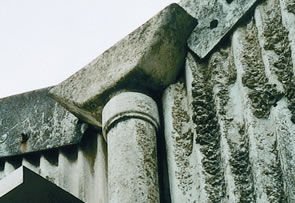
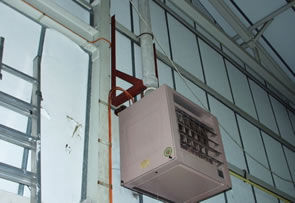
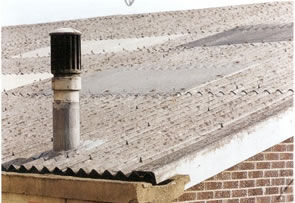
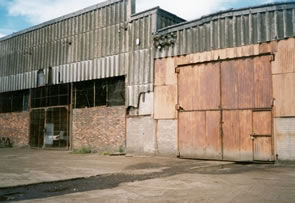
Asbestos roofing felt can mainly be found on garage roofs, outbuildings etc.
Take a look at the photos below to see what asbestos roofing felt looks like.
Again, any work on roofing felt can be done by non licensed operatives, as long as they have the correct training.
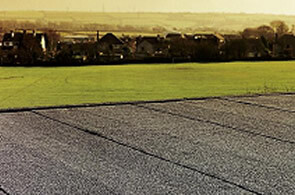
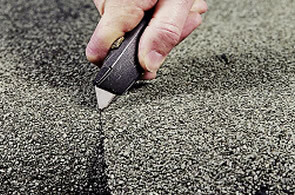
Asbestos rope seals and gaskets are commonly found in gas and electric heating appliances.
The photos below demonstrate what asbestos rope seals and gaskets look like.
Non licensed workers can carry out tasks on these asbestos materials if they have had the correct training.
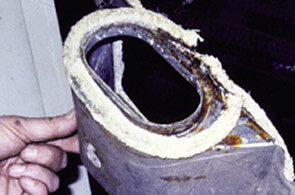
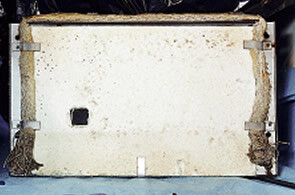
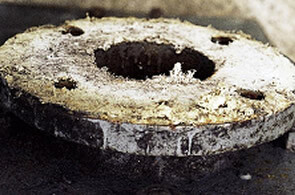
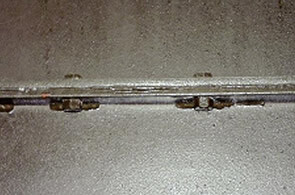
Hopefully we have assisted you in identifying asbestos, and you will now be able to identify asbestos and common products and building materials that are likely to contain asbestos.
Remember that asbestos fibre is very dangerous and still kills around 5000 workers each year, which is more than the number of people killed on the roads. If your unsure if a material contains asbestos fibre, its important to get an asbestos testing kit
Figures show that around 20 tradesman die each week from asbestos related diseases as a result of past exposure to asbestos.
So make sure you are asbestos aware. Take care to never unnecessarily expose yourself or others to asbestos. Asbestos testing should be performed if ever your in doubt.
Only those who have completed the correct training should handle materials containing asbestos fibre.
For more information and guidance on what to look out for when it comes to asbestos and how it can affect your health, please visit the HSE website.
Duty holders and employers have a legal responsibility to manage asbestos in their properties, carrying out an asbestos survey in their buildings so as not to put employees at risk.
So make sure you contact our Armco office to arrange asbestos testing or an asbestos survey before it’s too late!
Whether you need an asbestos management survey or a refurbishment/ demolition survey, contact us at 0161 763 3727 or by visiting https://www.armco.org.uk/
Finally, for all your asbestos training needs call 0161 761 4424 or visit https://www.armcoasbestostraining.co.uk/to book an asbestos awareness training course.
Published Mar 05, 2019